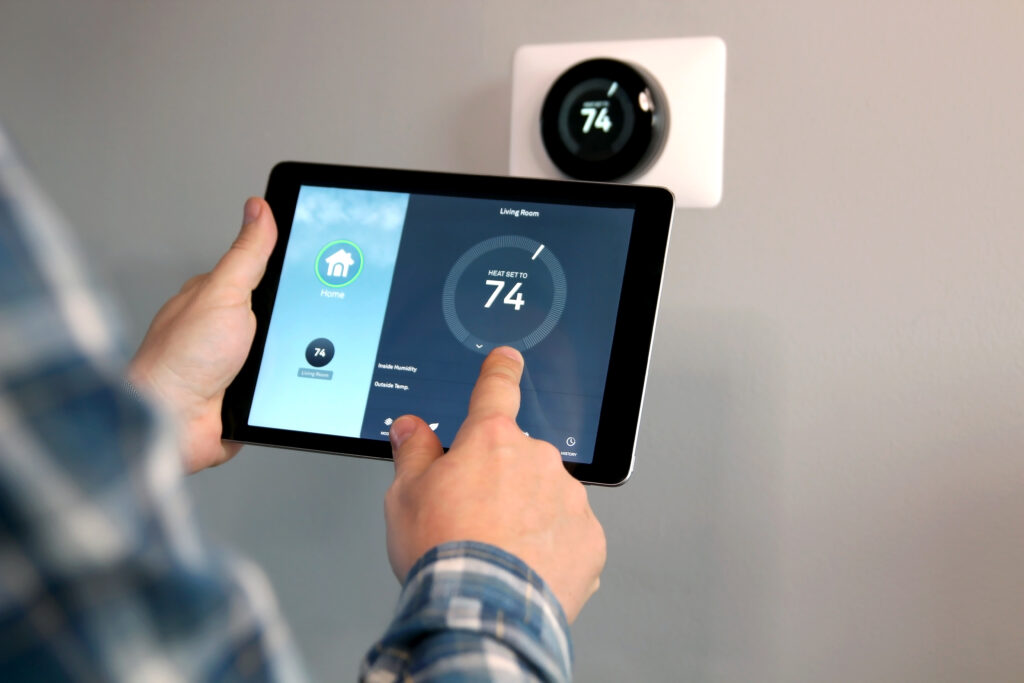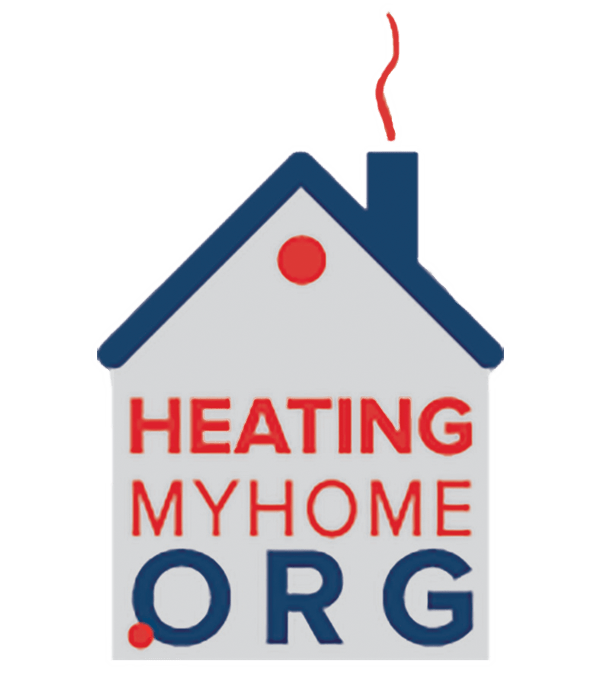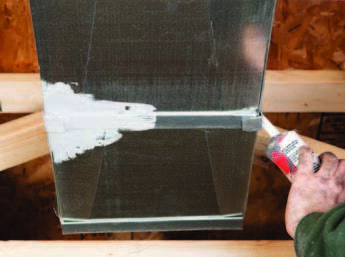
Heat and Cool Your Home Efficiently
Source: Energy.gov
Air conditioning and space heating together are the largest energy users in your home, typically making up about 32% of your energy use. No matter what kind of heating and cooling system you have in your house, you can save money and increase your comfort by properly using, maintaining, and upgrading your equipment. But remember, any upgrades to heating and cooling equipment should consider the effect on all areas of the house (known as a whole-house, systems-based approach) to maximize energy savings and ensure health and safety. Most importantly, work with a contractor to ensure that the upgraded heating and cooling system is both properly sized for your house and installed to deliver its full capacity.
Smart and Programmable Thermostats
Being smart about how you control your temperature settings will help you save money and stay comfortable in your home. You can save as much as 10% per year on heating and cooling by turning your thermostat down 7°–10°F for 8 hours a day in the fall and winter; turn it up in the spring and summer. (If you have a heat pump, don’t do this without a smart or programmable thermostat designed for use with heat pumps.) A smart thermostat is a Wi-Fi enabled device that automatically adjusts heating and cooling temperature set-tings for optimal performance. Smart thermostats that earn the ENERGY STAR label have been independently certified, based on actual !eld data, to deliver energy savings.

Smart thermostats provide convenience, insight, and control. While system designs vary, the following are common smart thermostat features:
- Learning the temperature you like and establishing a schedule that automatically adjusts to energy-saving temperatures when you are asleep or away
- Providing data on home energy use that you can track and manage
- Allowing you to control home heating and cooling remotely through your smartphone or tablet
ENERGY STAR certified smart ther-mostats are also designed to be compatible with incentive programs offered by some utilities. These incentives reward customers in ways that help utilities manage energy availability and reliability.
A programmable thermostat will automatically turn on the heating or air conditioning at times you schedule. Programmable thermostats can store multiple daily settings that you can manually override without affecting the rest of the daily or weekly program.
Smart thermostats are generally easier to use and have more reporting and interactive features than programmable thermostats. Program-mable thermostats need to be set up to turn the temperature up or down on a schedule and usually don’t have interactive features, but they are cheaper than smart thermostats.
Air Ducts
Air ducts are one of the most important systems in your home, as they carry the air from your home’s furnace and central air conditioner to each room. If the ducts are poorly sized, poorly sealed, or poorly insulated, they are likely contributing to higher energy bills.
You can often address discomfort from heating and cooling by fixing blocked registers, stuck dampers, or disconnected or damaged ducts, or by replacing register grilles that don’t direct the air adequately.
Ducts that leak air into an attic or crawl space can add hundreds of dollars a year to your heating and cooling bills. Insulating and sealing ducts in unconditioned spaces is usually very cost effective. If the supply ducts are leaking, heated or cooled air can be forced out of unsealed joints and lost. In addition, unconditioned air can be drawn into return ducts through unsealed joints.
If you are installing a new duct system, talk to your contractor about options for locating the ducts in conditioned spaces or insulating any ducts that will run outside conditioned spaces. Hire a qualified professional to perform changes and repairs to a duct system. All duct sealing should be tested by a qualified professional to ensure combustion safety and proper air flow.
Buying Heating and Cooling Systems
If you plan to buy a new heating or cooling system, ask your contractor about the latest technologies on the market. See our Financing, Incentives, and Assistance section for information on searching for incentives.
When buying a new heating or cooling system, look for the ENERGY STAR and EnergyGuide labels to compare efficiency and ensure quality.
Your contractor should provide you with information on the following:
- Safety and cost effectiveness of repair versus replacement
- Heating and cooling system options
- Fuel types and prices in your region
- Required permits and building code compliance
- Calculations for proper sizing for your home
- Other home efficiency improvements that should be made.
New energy efficient heating or cooling equipment alone can reduce energy use by 20% or more, but combining a new system with recommended insulation, air sealing, and thermostat settings can cut your heating and cooling bills by about 30%.
Read ENERGY STAR’s “A Guide to Energy-Efficient Heating and Cooling” to learn how to work with a certified technician to ensure a quality installa-tion.
Home Heating
Consider replacing your existing heating system if any of the following are true:
- Your heat pump or air conditioner is more than 10 years old.
- Your furnace or boiler is more than 15 years old.
- Your equipment needs frequent repairs and your energy bills are going up.
- Some rooms in your home are too hot or too cold.
- No one is home for long periods of the day, and you do not have a programmable thermostat.
- Your home has humidity problems.
- Your home has excessive dust.
- Your heating or cooling system is noisy.
- Your score on the Home Energy Yardstick is below five.
Furnaces are the most common way to heat a home in the United States. Central forced-air furnaces distribute heated air through the house via ducts. Most are fueled by natural gas; others use electricity, oil, or propane.
Electric heating includes central forced-air electric furnaces, as well as wall-mounted or baseboard heating. Electric heat can be more expensive than other fuel options. If electricity is the only choice, heat pumps are preferable in most climates.
Wood and pellet-fuel stoves heat homes using biomass or waste sources. Look for EPA-certified wood stoves and fireplace inserts for cleaner, more efficient burning. Visit epa.gov/burnwise for options.
Active solar heating uses the sun to heat air or liquids. The heat is then ducted or blown into living space or stored for later use. Solar water heaters can preheat water for radia-tors or radiant floor heat. Both liquid and air systems can supplement forced air systems (i.e., furnaces or heat pumps).
Boilers use natural gas, oil, electricity, or propane to heat water (for steam or hot water) that is distributed via pipes to upright radiators, baseboard convectors, or radiant floor tubing. Combination units can provide space and water heating.
For both furnaces and boilers, tell your contractor you are interested in models with a high annual fuel utilization efficiency, also known as AFUE, which is a measure of heating equipment efficiency.
Heat pumps are an efficient option for all-electric houses or houses with central propane or oil. Heat pumps are generally air-source or ground-source and can be used for both heating and cooling. See the section on Heat Pumps for more information.
Passive solar home design can also improve the comfort of the home and reduce heating and cooling costs; see the section on Passive Solar for more information.
Visit EnergySaver.gov for more detailed information on each technology.
Heating Tips
- Clean or replace filters on furnaces once a month or as recommended.
- Clean warm-air registers, baseboard heaters, and radiators as needed; make sure they’re not blocked by furniture, carpeting, or drapes.
Eliminate trapped air from hot-water radiators once or twice a season; contact a professional if you’re unsure how to perform this task.
Place heat-resistant radiator reflectors between exterior walls and the radiators.
Open draperies and shades on your south-facing windows during the day to allow the sunlight to enter your home. Close them at night to reduce the chill from cold windows.


